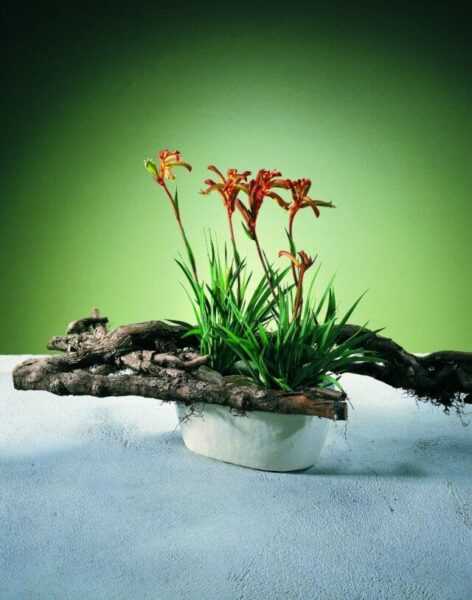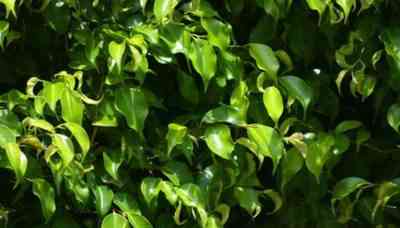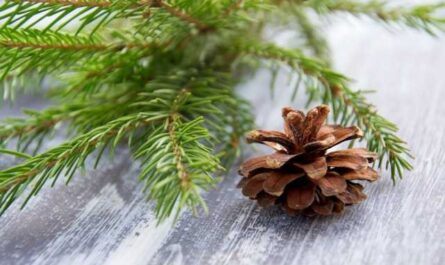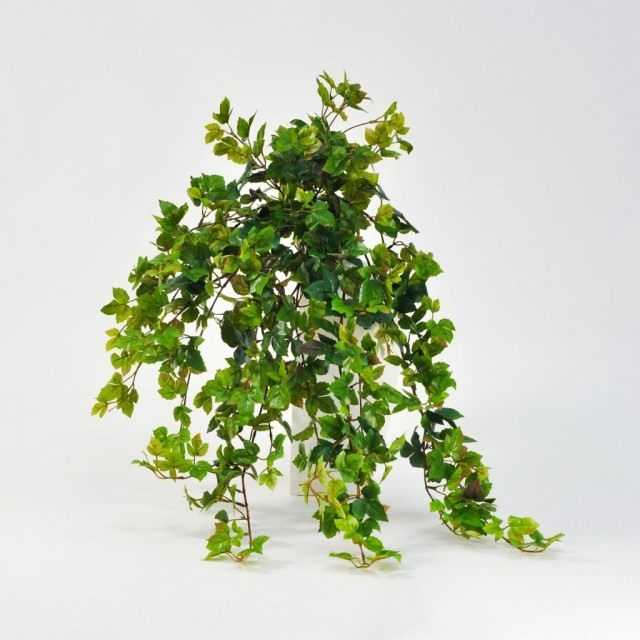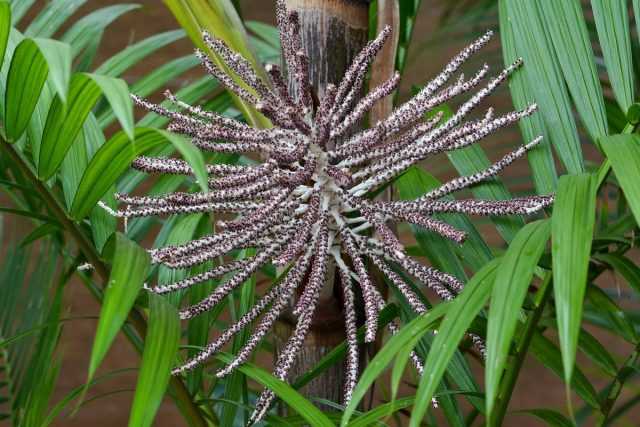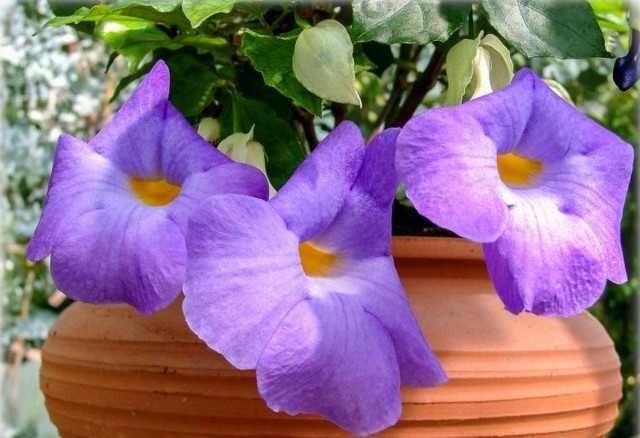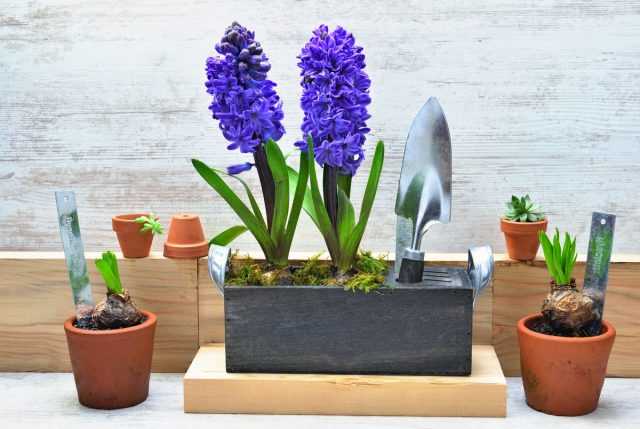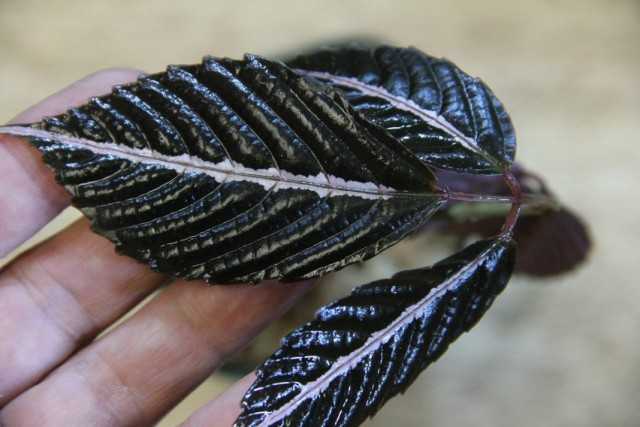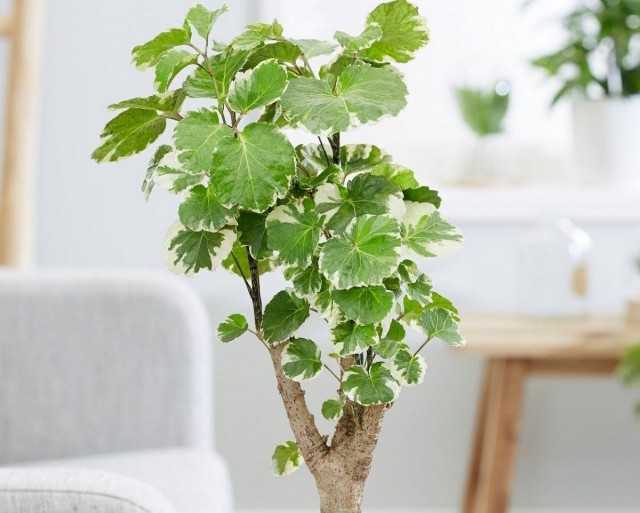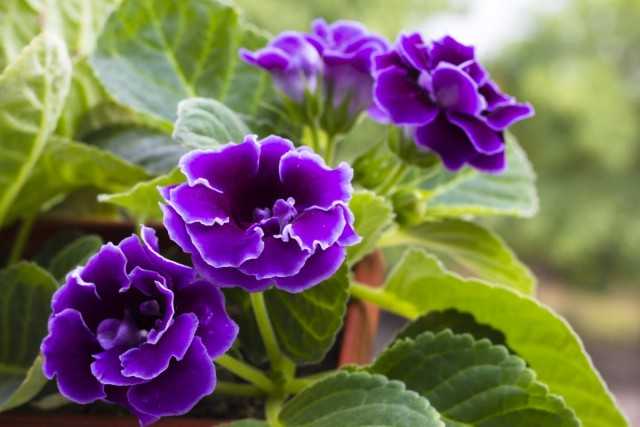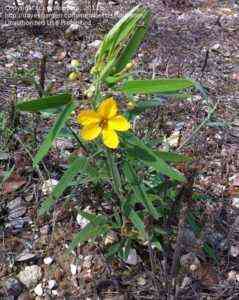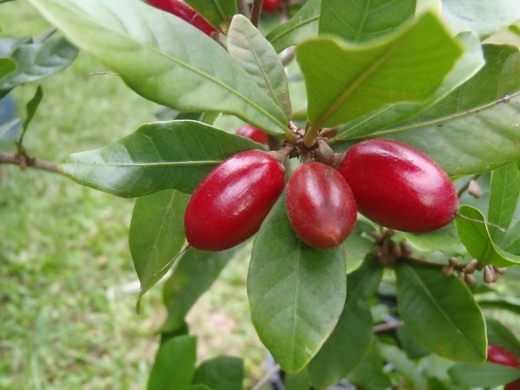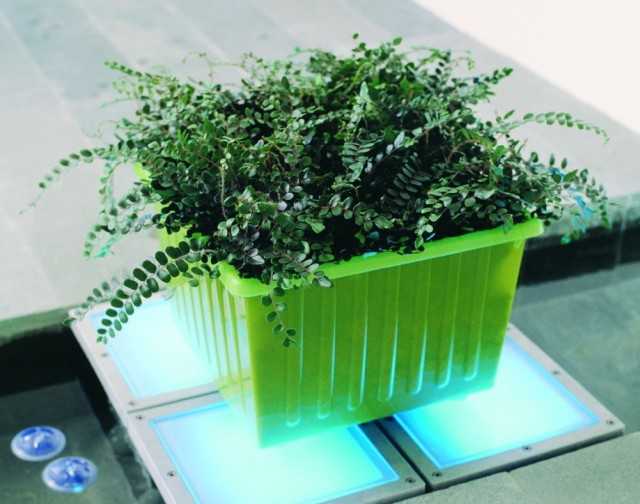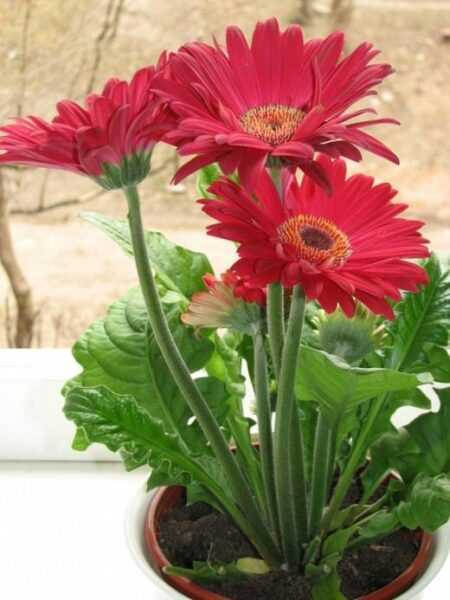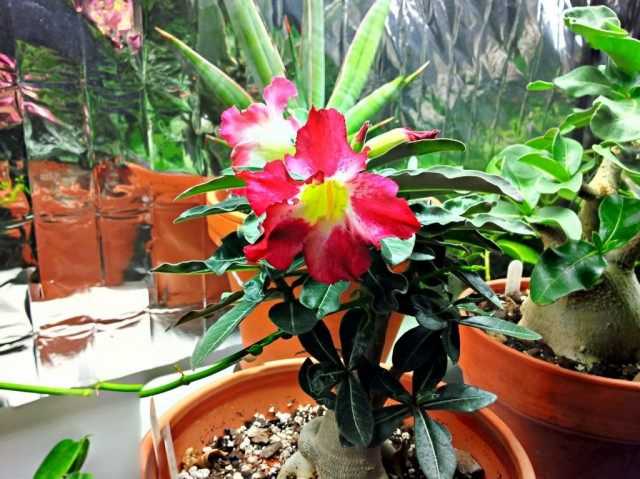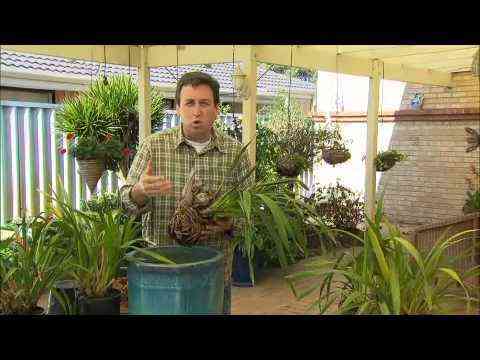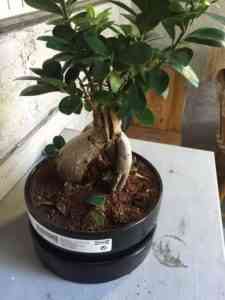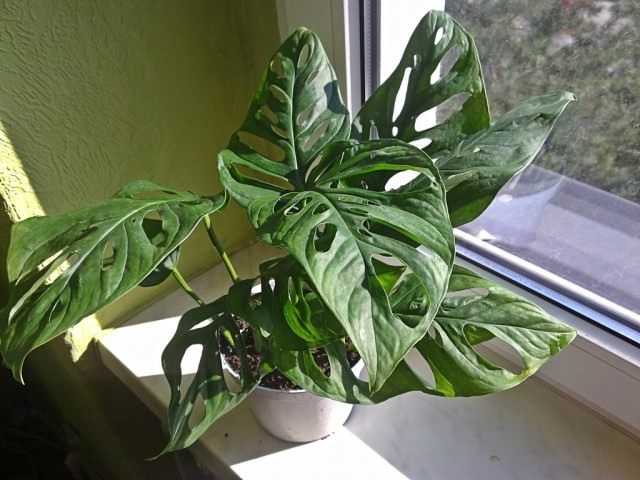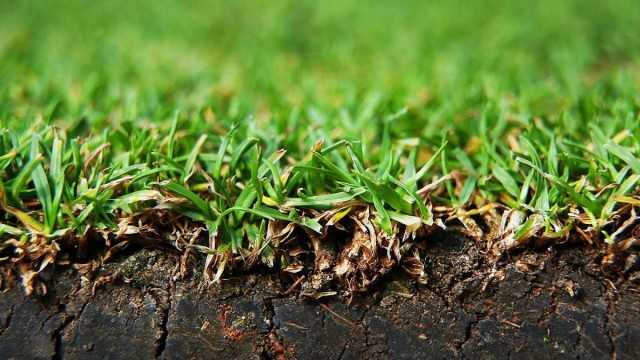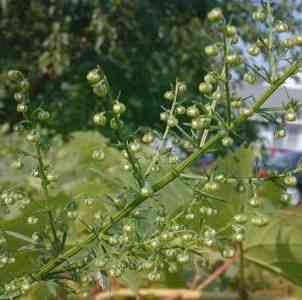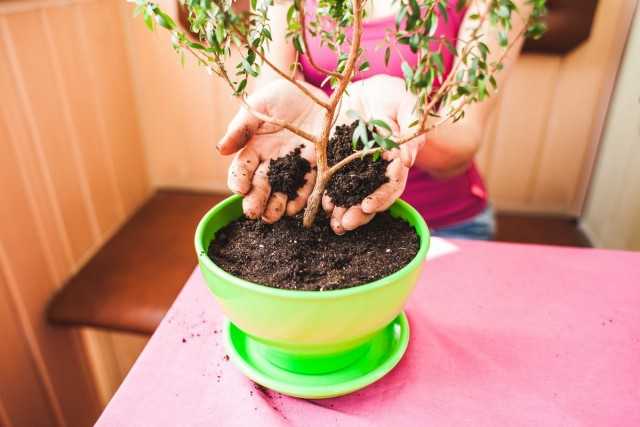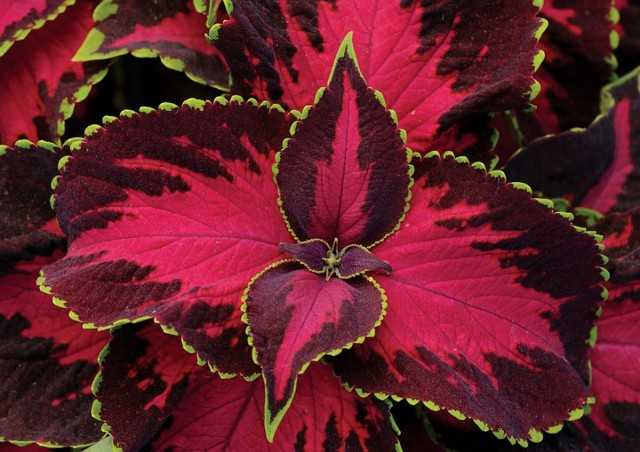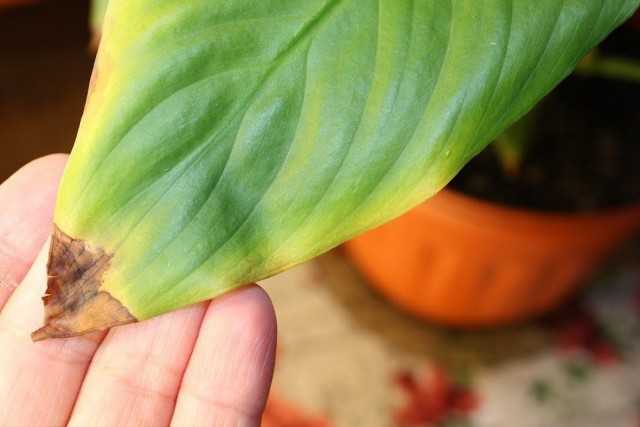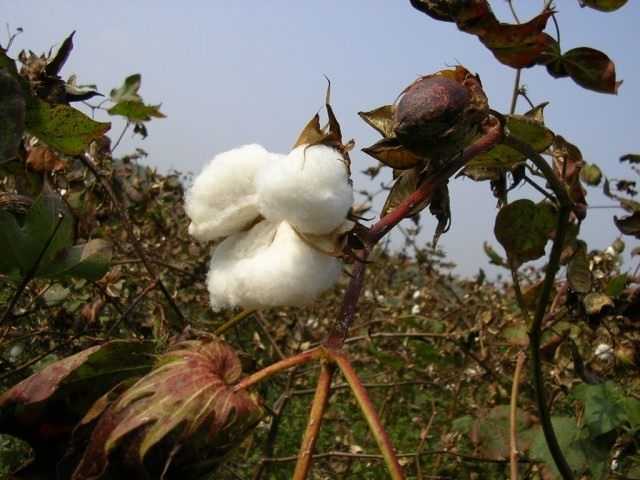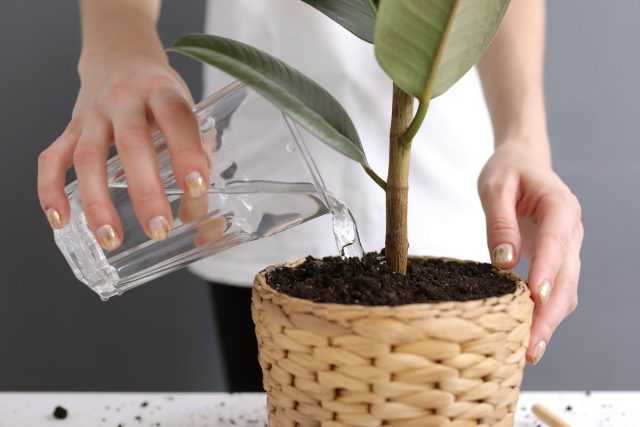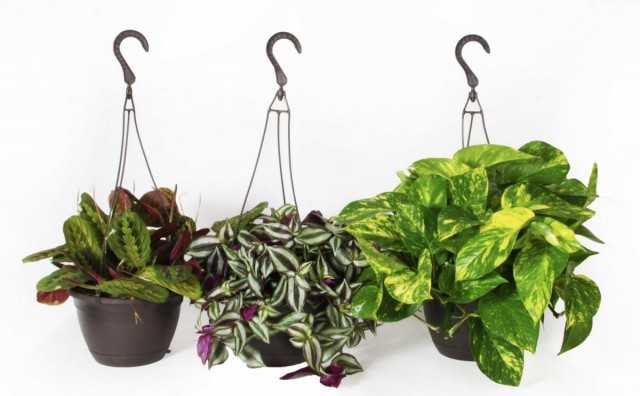I would like to extend the period when bright pods adorn the bushes of ornamental peppers ad infinitum. And the fruits can be present on the plant for six months or more. At the same time, if the beginning of fruiting cannot be accelerated without systemic supplementary lighting, then the completion of fruiting can be delayed for a very long time. Bright colors of decorative peppers are a charming addition to the autumn interior. In winter, indoor pepper, in general, looks like a fireworks of colors. The main condition for preserving the fruit for many months is coolness. But not only plants will need it.
How to prolong the fruiting of decorative peppers on the windowsill?
Contents:
What decorative peppers are grown in rooms?
Most often, the peppers that enter the rooms are miniature and compact plants. These are plants 15-80 cm tall, with beautiful, densely branched crowns and shiny dark oval-pointed leaves, which create an excellent background for a scattering of fruits.
Ornamental peppers can be found on sale almost all year round, but the assortment of varieties can boast of a special variety with the approach of autumn: for a winter interior, you can buy peppers with rounded, elongated, funny twisted, unusual, variably colored fruits.
The indoor decorative pepper combines all varieties specially bred for potting with miniature decorative fruits. In the ranks indoor pepper (Capsicum annuum) you can find edible sharp “lights”, and sweet peppers, and purely decorative paprika hybrids, the use of colorful fruits of which is undesirable. It is better to clarify information on edibility before purchasing. But whatever representative of the Solanaceae family appears on your windowsill, it requires a special approach and attention.
Read also our article Indoor hot peppers – varieties and cultivation features.
How long can indoor peppers bear fruit?
After the fruits of ornamental peppers dry out and fall off, the bushes are usually just thrown away. But you can stretch their life in the interior for as long as possible – with constant attention and care. Before flowering and fruiting, peppers are predictable, vegetating for 90-120 days before the start of the “show”. But after the fruits ripen, how much the peppers will “stretch” is entirely on the conscience of their owners.
If you don’t find the right conditions and carelessly care for the bushes, the peppers can dry out in a few weeks. And with good care, their fruits persist for many months – almost until spring. The traditional “peppery” season lasts from September to January.
9 main factors affect the duration of fruiting of indoor peppers:
- lighting;
- temperature regime;
- stability of conditions;
- ventilation of premises;
- substrate moisture;
- air humidity;
- top dressing;
- timeliness of the “harvest” of the crop;
- the purity of the plant.
Let’s try to figure out how to create optimal conditions for the fruiting of ornamental peppers and what kind of ideal in care you should strive for.
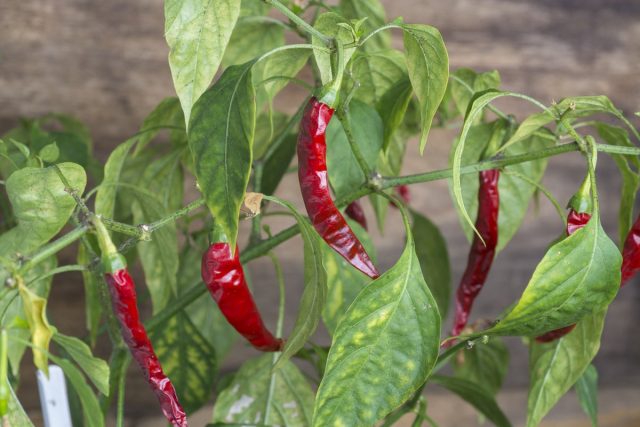
Constancy of conditions and coolness
Peppers during fruiting look so elegant that you want to admire their multi-colored crown endlessly. But you should not deceive yourself: although the bushes are asking for tables, dressers and coffee tables, in the house they are most suitable for a window sill or a place not far from the south, south-west or south-east window (light enough).
If the weather is cloudy in autumn and winter, you cannot do without additional lighting or moving to the southern windowsill. After all, a lack of lighting leads to an accelerated shedding of fruits.
Ornamental peppers are in many ways similar to other fruitful houseplants grown as annuals – the lower the temperature, the better they are protected from the heat, the longer they will hold fruit. You should not “confuse” them with roses, but the optimal temperatures for the longest fruiting are from 15 to 20 degrees. The heat will shorten the storage period of the pods, even with care.
But they especially do not like the bright fruits of fluctuations in indicators and the influence of batteries and air conditioners. There is one exception to this rule – sweet peppers, which are also sometimes equated with ordinary inedible decorative peppers in terms of their role in the interior. They are much more thermophilic, they cannot stand the temperature drop to 16 degrees and prefer keeping in stable heat, during the day – at temperatures above 24 degrees.
The difference between day and night temperatures will not harm any pepper. And if the difference is 4 degrees or more, then the pods will last several weeks longer.
For peppers, it is important to ensure a free flow of air and its normal circulation around the bushes. They should not be placed close to walls or other plants. Airing the rooms every day, if possible in summer – a constantly open window or taking them out into the fresh air increases the number of fruits and allows them to be stored longer. If the bushes were formed in the fresh air, they will be stronger, more stable, and will pleasantly surprise you with more abundant flowering.
But drafts accelerate the falling of fruits. If you protect the plant from the currents of cold air and sharp turns, you will be able to enjoy the beauty of the scattering of pods for a longer time.
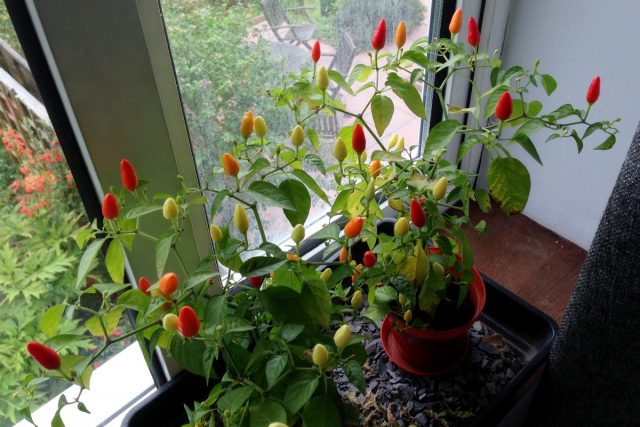
Humidity and feeding at the fruiting stage
Stability for peppers must be maintained throughout. And watering is the first of the factors that will help both to maximize and reduce fruiting. Overflow and complete drying of the substrate are two extremes that lead to the rapid drying of colorful pods. But to keep the fruits for the maximum period allows constant, light moisture, with drying of the upper layer of the substrate and without water in the trays (which should be drained immediately).
If there is any doubt about the air permeability of the soil, you can periodically gently loosen the soil to prevent its compaction, both for sweet and hot varieties of ornamental peppers. And you can also use mulching.
The maximum long-term preservation of fruits on the bushes provides a stable “average” air humidity – from 50 to 75%. Too dry air, like high humidity, is equally dangerous for ornamental peppers. Usually, comfortable, constant conditions are easy to maintain with gentle daily spraying (spray should not leave drips, but create a cloud or fog). Pepper does not tolerate getting flowers and buds wet, fruits – only in the cool.
Read also our article Solanum – a bright and unusual indoor nightshade.
An oversupply of fertilizer for peppers on the windowsill is even more dangerous than a shortage of them. Since ornamental peppers are thrown away after fruiting, they do not need to be fed at all. But usually, from the moment of the beginning of active growth of the crown and until the middle of fruiting, feeding is carried out for more abundant flowering and fruiting.
Edible and sweet peppers are often fed, once a week with a reduced dose or once every 1-1 weeks with a full dose of fertilizers. As soon as new flowers are no longer formed, feeding should be reduced, or it can be completely stopped.
For decorative peppers, it is better to use special fertilizers for fruiting plants. But if you grow edible peppers, including hot ones, you should pay more attention to their composition and give preference to organic or biofertilizers.
Do not forget that only healthy plants can bloom, bear fruit and delight for a long time. It is necessary to track the condition of leaves and shoots not only in order to notice the first signs of diseases or pests (they are quite rare on peppers). The main goal is to notice the first signals about the need to adjust the conditions and prevent the fruit from fully ripening on the still flowering plant. This is one of the most subtle reasons for the rapid “drying” of the fruit.
For sweet peppers, the “harvest” should be harvested in the form of unripe pods, preventing them from acquiring full color, and for hot and decorative peppers, do not let the peppers begin to wrinkle until the peppers are blooming and new ovaries are formed on them.


